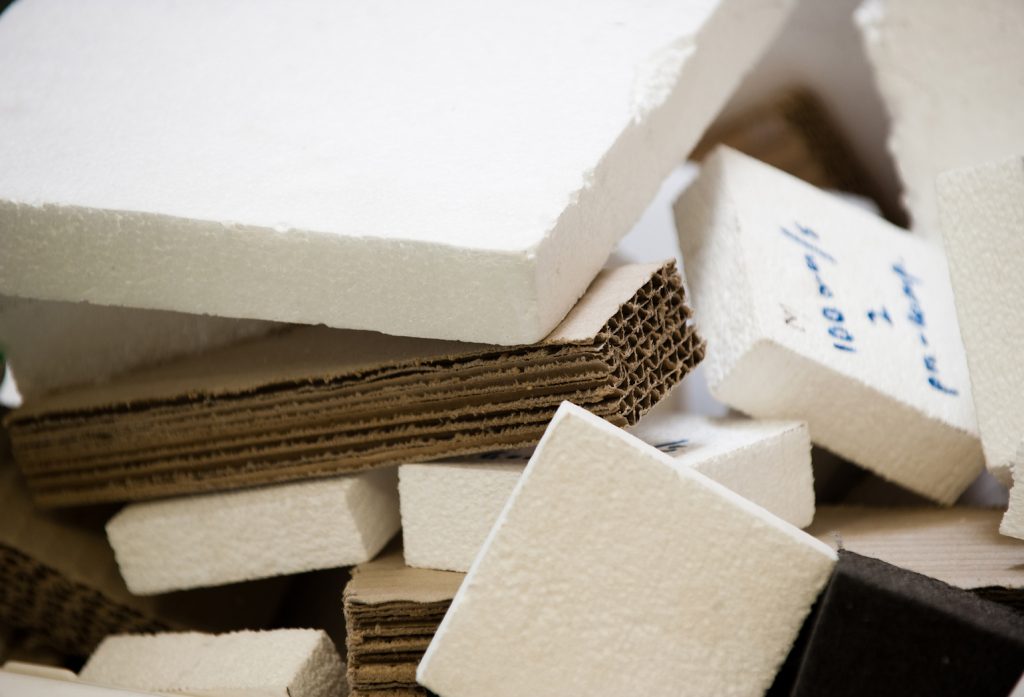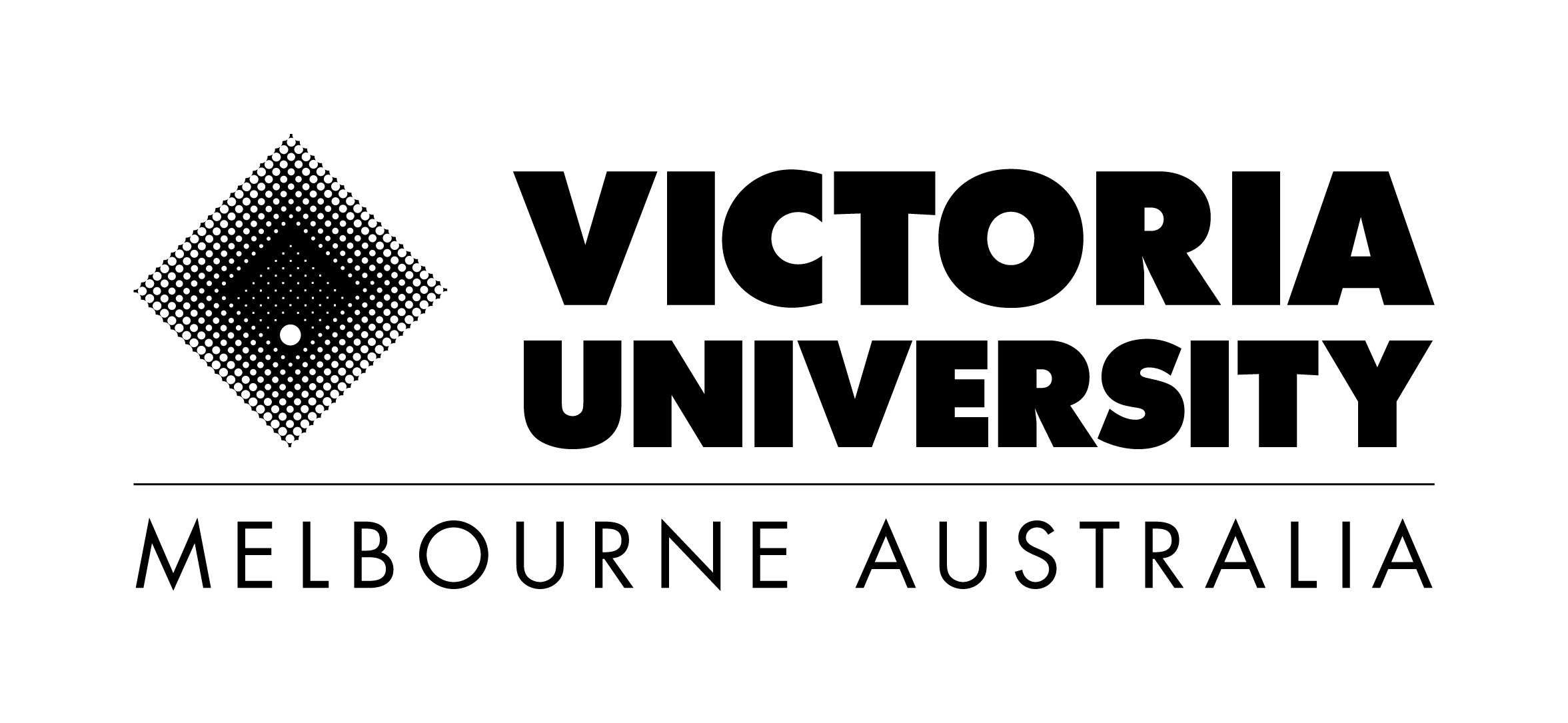The scale of humanity’s throw-away culture makes for terrifying reading. Despite the rising awareness of petroleum-based plastics and their impact on the environment, the global packaging industry continues to boom and is worth more than $900 billion1.
Researchers at Victoria University (VU) are exploring ways to turn agricultural waste into more sustainable packaging that doesn’t take centuries to break down.
Professor Vincent Rouillard, Dr Matthew Lamb and Dr Marlene Cran bring a combined 55 years of experience to packaging and materials research which began at VU in 1989. Their overall focus has three main aspects; finding ways to deal with existing packaging in the environment, exploring more sustainable options for packaging and analysing the distribution environment to quantify the need for packaging in the first place.
The Australian Government has a bold target to reduce single-use plastics by demanding that all packaging be reusable, compostable or recyclable by 2025. That will prove to be a significant challenge for industry and companies to meet by that date. However, just switching to recyclable packaging may not be a solution for the problem unless Australia commits to further processing onshore.
“It’s pretty clear that recycling hasn’t worked well in Australia so far in meeting the challenge of reusing waste. We chose to sell most of our responsibility for recyclable waste to other countries, but few materials were ever being transformed here or even further down the line for reuse. We’re going to need other solutions that create viable, sustainable packaging alternatives if we are to reduce our impact on the planet,” said Rouillard.
The current sustainable packaging project at VU is to develop suitable materials from pea starch, an agricultural by-product. Working with a local industry partner that provides the waste material, Dr Cran has already successfully converted it into a film as part of a prototype study. Based on the results of that study, the Victorian Government has since added significant funding to develop the packaging concept further and explore other materials that can be produced from agricultural waste.
“Beyond developing our pea starch film, we’re also exploring other areas like breaking down existing plastics with microbes into more friendly molecules, and also analysing the distribution network so that we can quantify the amount of packaging needed in the first place,” said Rouillard.
He says the packaging industry is primarily designed from a risk-based model to get products through severe distribution hazards, even though these seldom happen. As a result, product packaging is often overdesigned, and its features are rarely used to protect it from the usual bumps and handling during delivery. He says companies have no real incentive to solve the problem of too much packaging because it is cheap to produce and their packaging waste problem is passed on to consumers directly.
“We need to look at packaging solutions that have a feasible plan for their end-stage of the lifecycle. This could mean packaging might go on to have another purpose as mulch or something else, or at the very least, it can come with clear instructions on how to dispose of the packaging properly,” added Rouillard.
The research team and VU are hoping to also find funding for an Australian Packaging Compliance Laboratory, which would give them the means to test and certify the sustainability credentials of product packaging, as many of the claims made on commercial packaging are not currently verifiable.
In 2020, the sustainable packaging project, as well as 24 other projects, received part of $1 million in funding from VU as part of its whole-of-university commitment to Planetary Health. That commitment by the university relates to four pillars; research with impact, through learning that creates future leaders, making sustainable choices about the way they work on campus, and engaging with their communities to find innovative solutions to complex planetary health challenges.
The other projects that received funding included; developing methods to decontaminate soil and water, developing an integrated phytoplankton analyser for water health in rivers, and developing eco-bricks and panels from take-away coffee cups and plastics.
“We support the United Nations Sustainable Development Goals to end poverty, protect the planet and improve the lives and prospects of everyone, everywhere by 2030. We commit to the wellbeing of people, of place and of our planet, where the idea of place for us is three-fold. First as a university for the west of Melbourne, our place on Aboriginal Country and our connections to the global community,” said Professor Corinne Reid, Deputy Vice-Chancellor Research at Victoria University.
“Our research projects each tackle big issues facing our communities and the planet. We’re proud of what Vincent, Matthew, Marlene and their team has been able to achieve already and look forward to seeing them develop further sustainable packaging solutions for the planet.”
Reference:
- McKinsey report 2019. At: www.mckinsey.com/industries/advanced-electronics/our-insights/packaging-solutions-poised-to-take-off
For more information about Victoria University and its latest research projects please visit the website.

